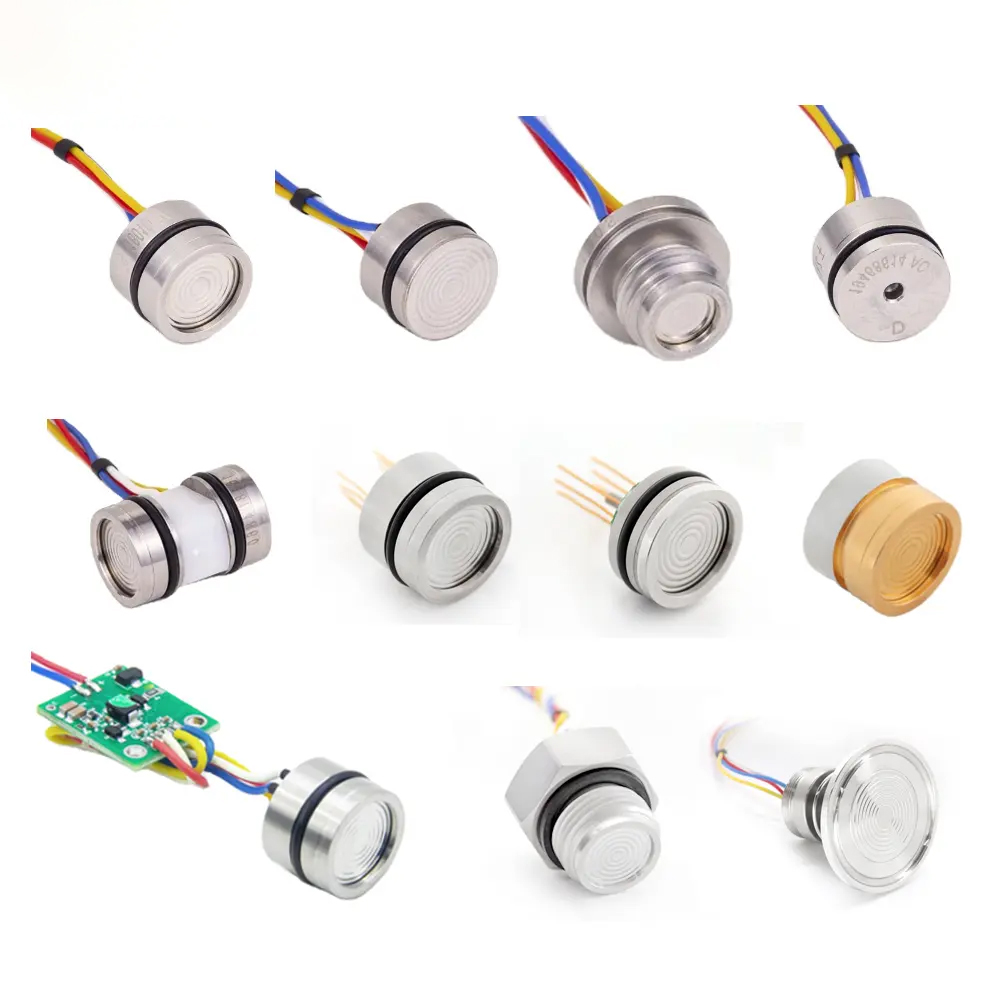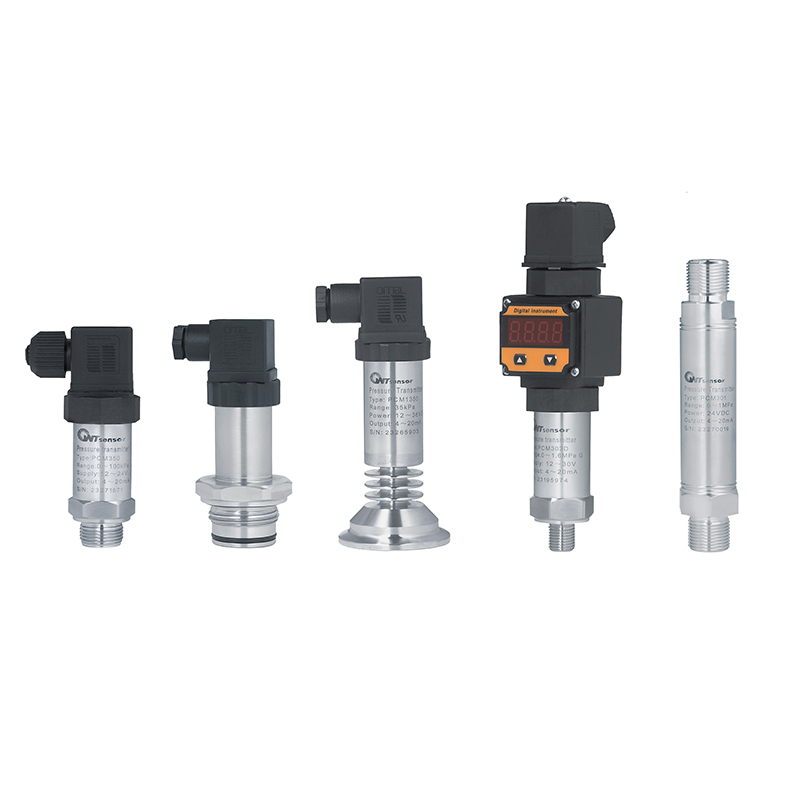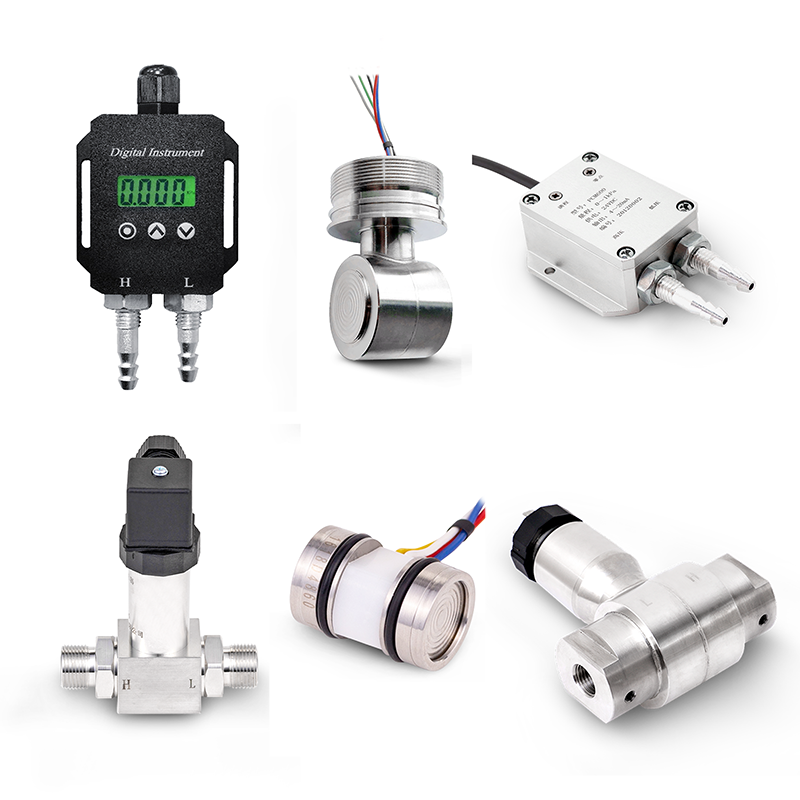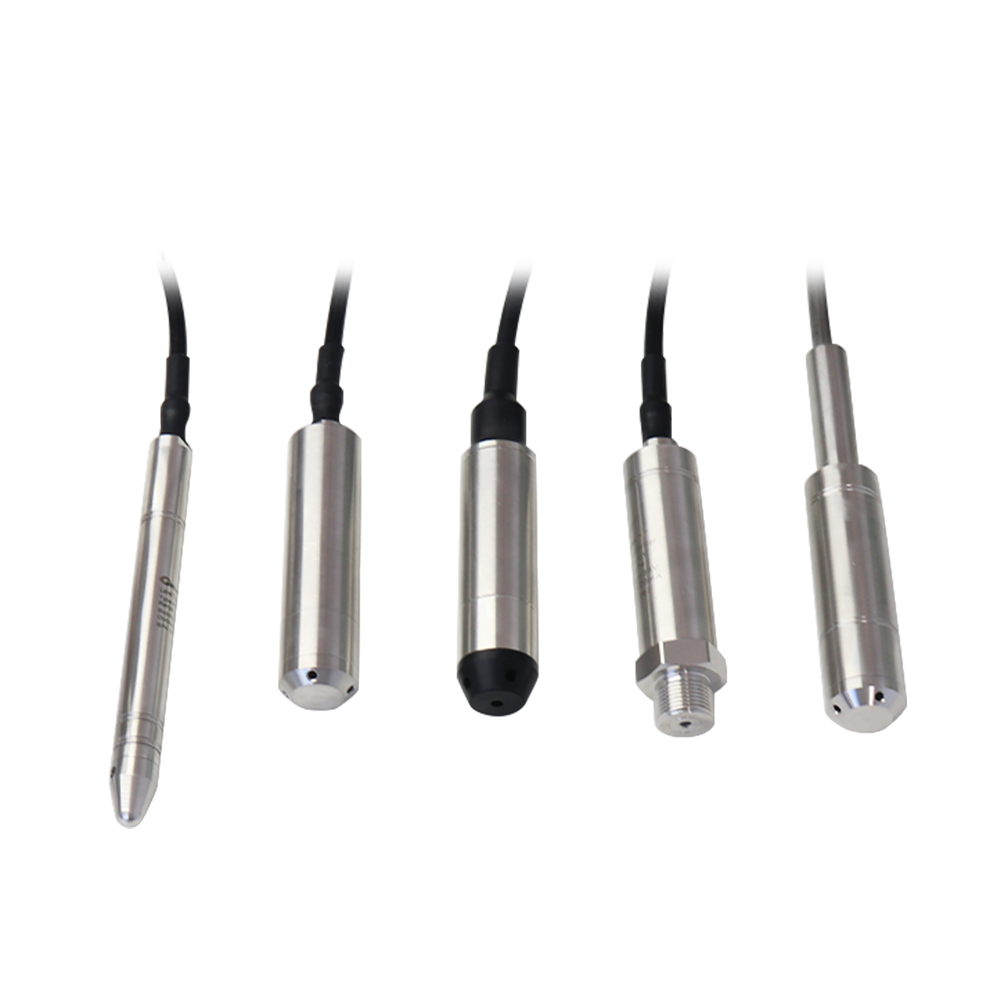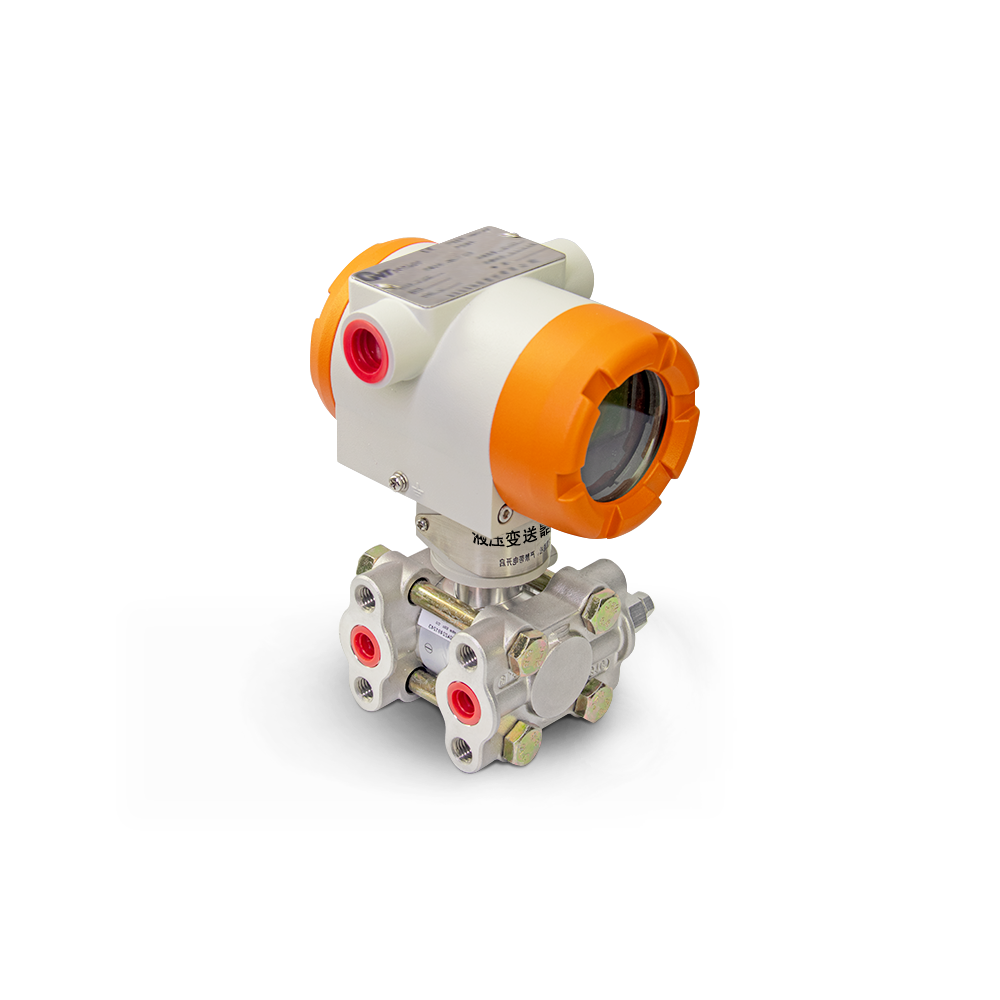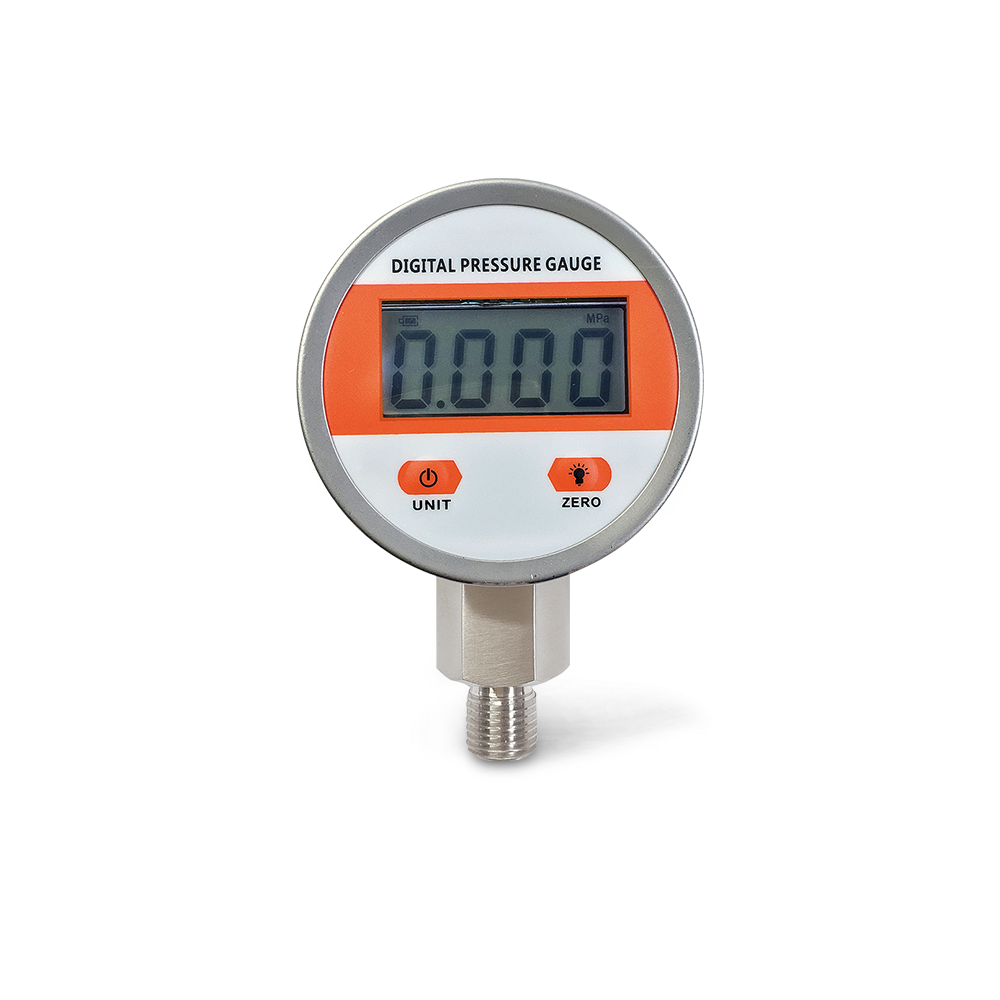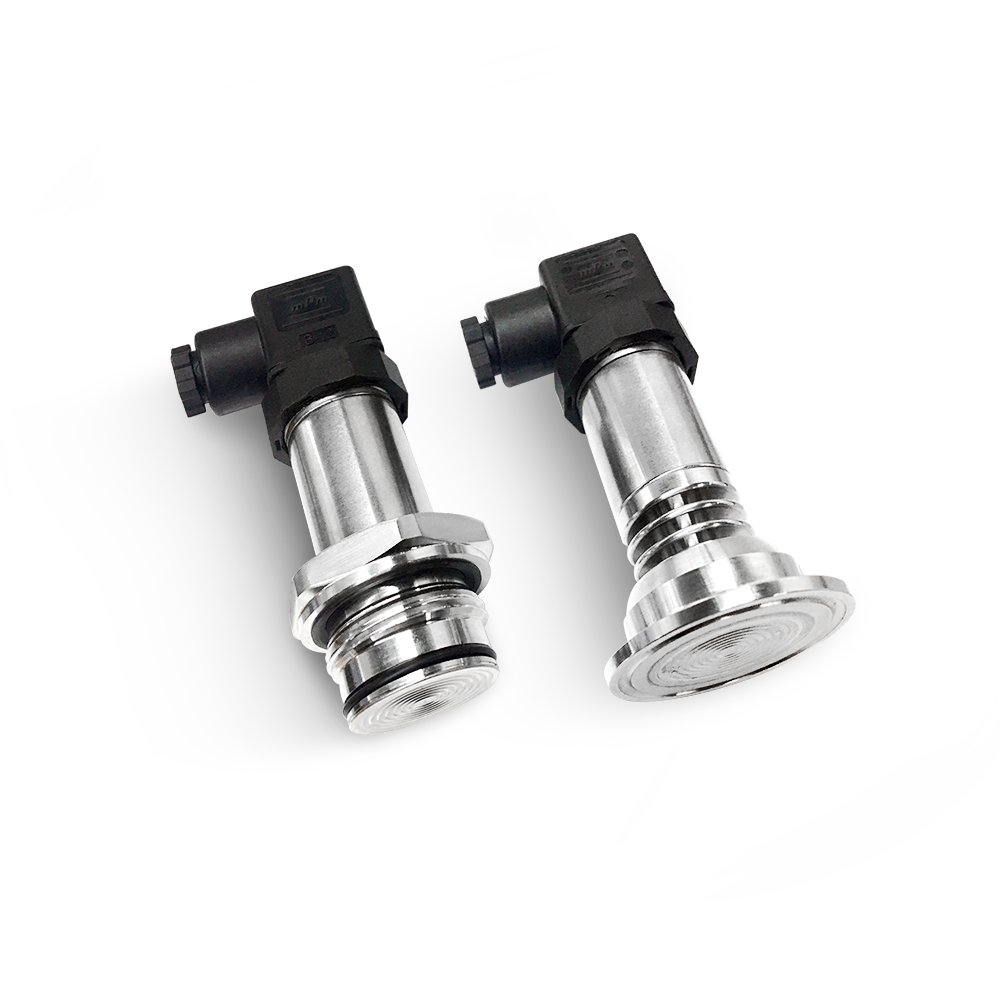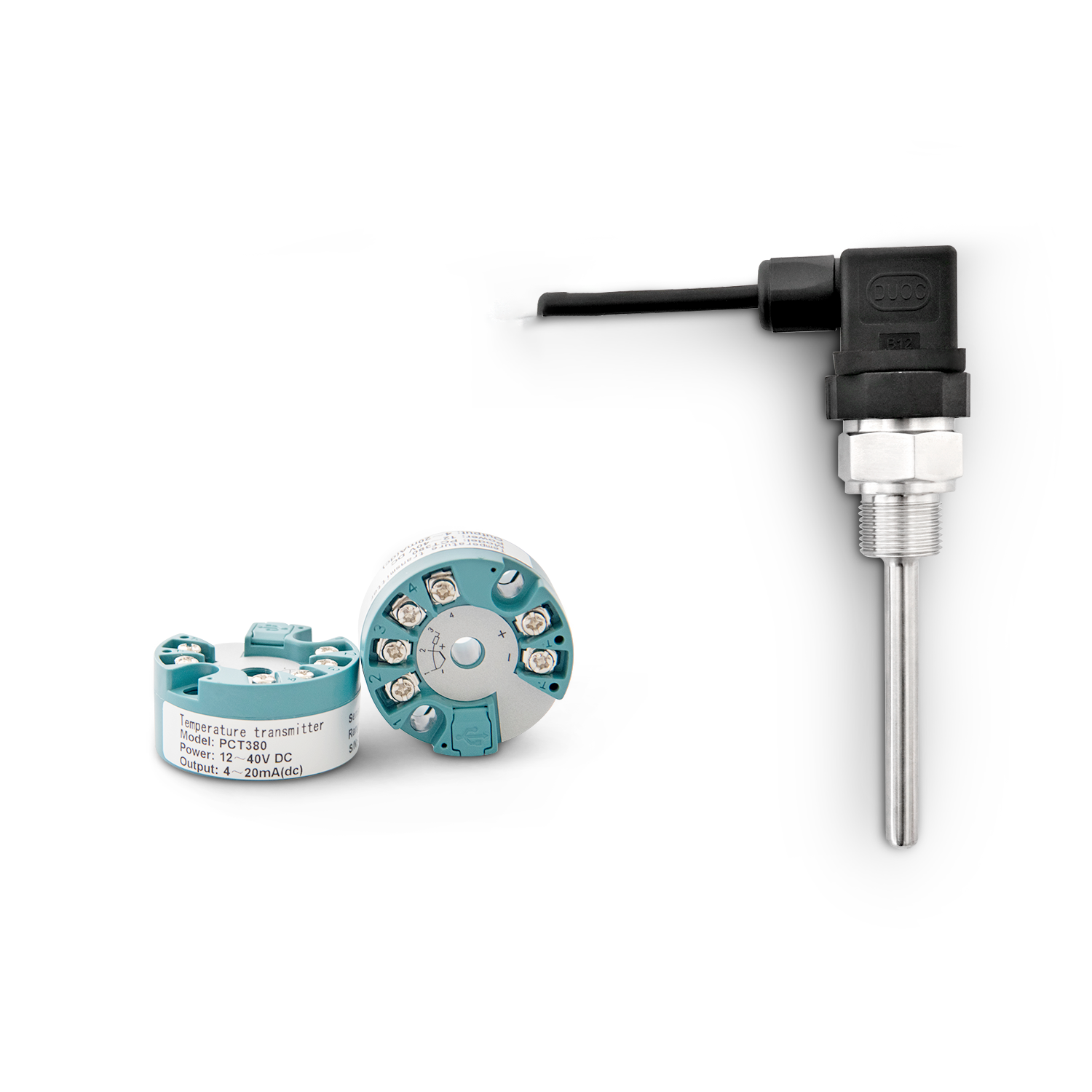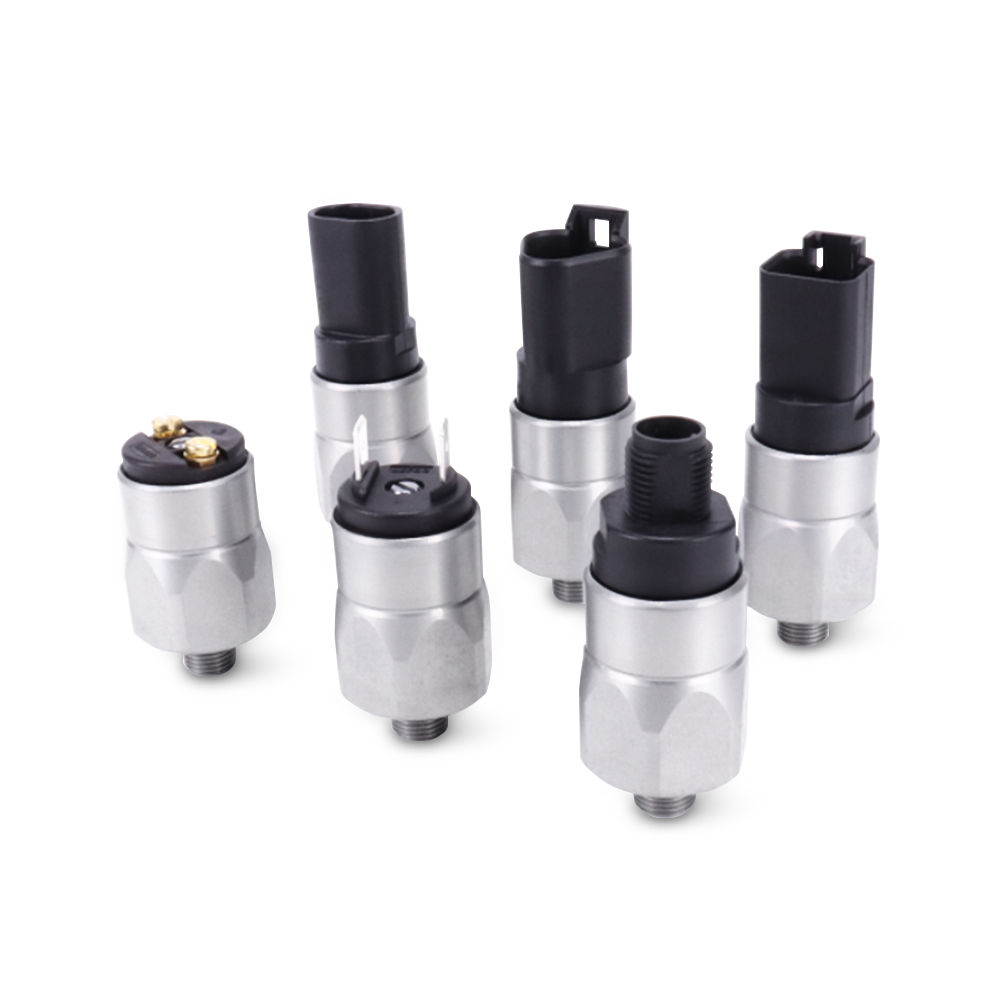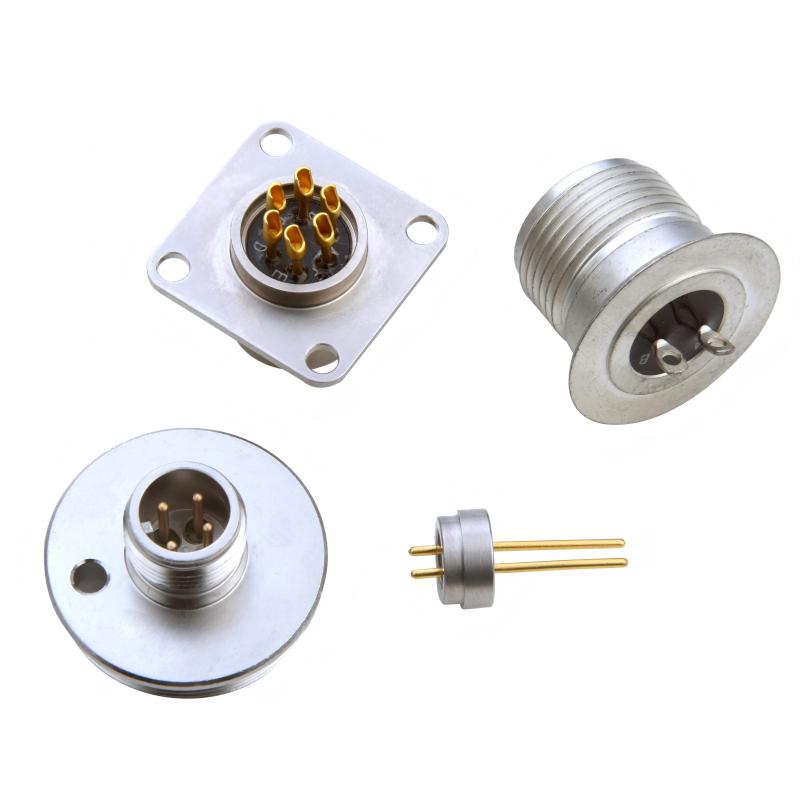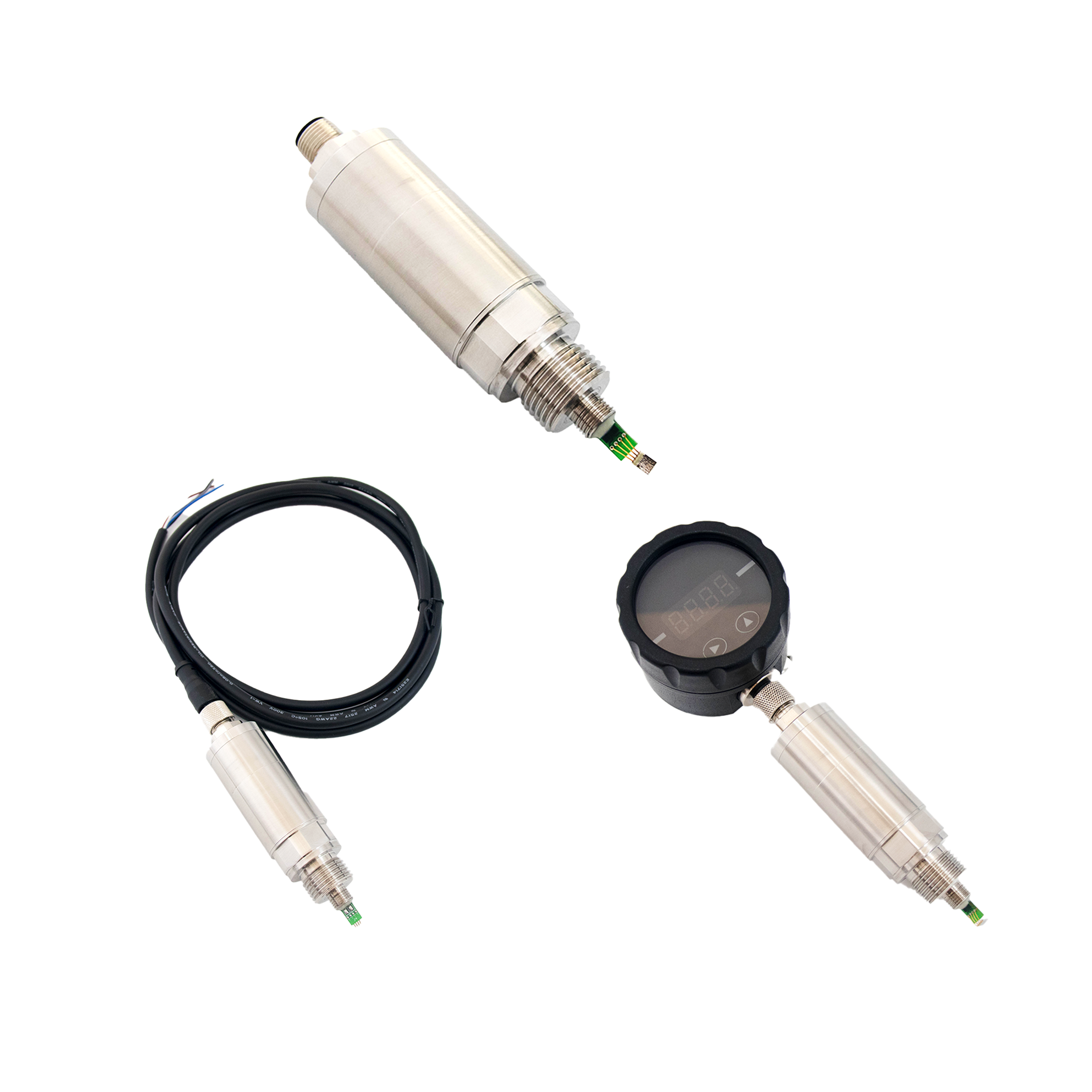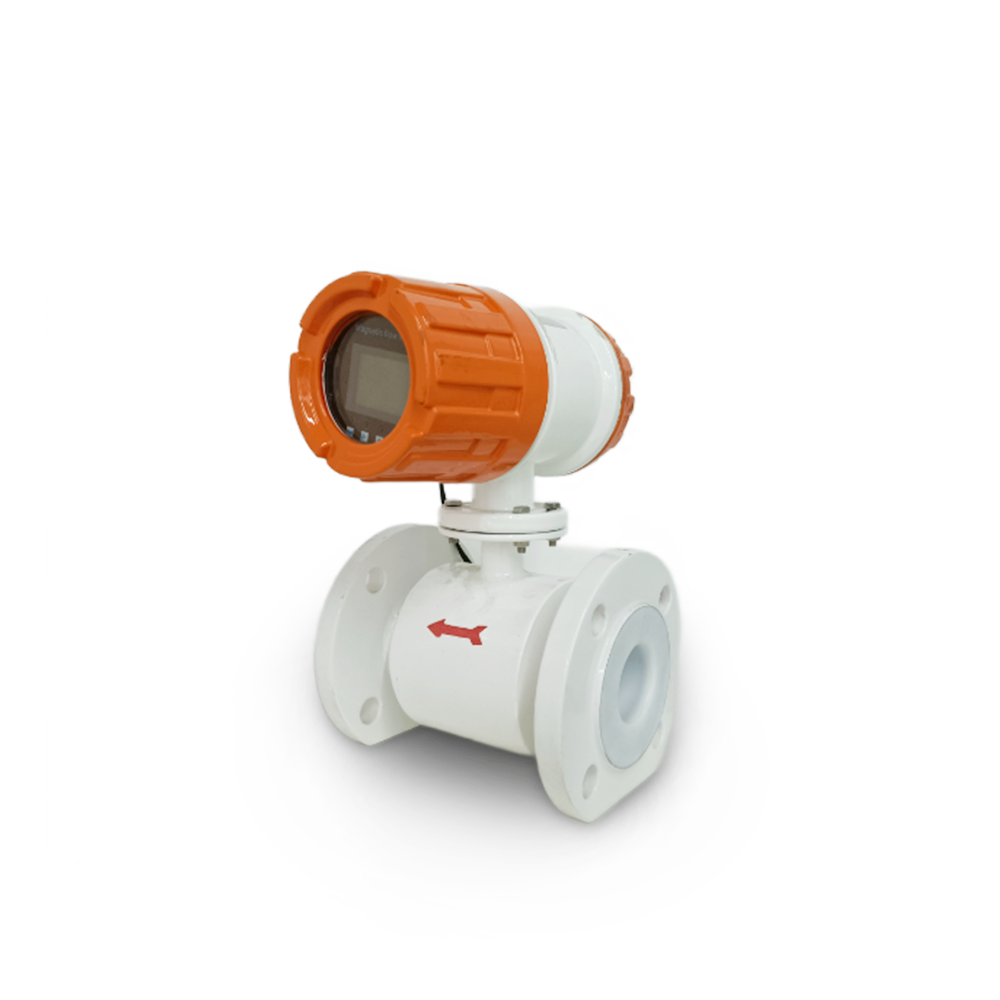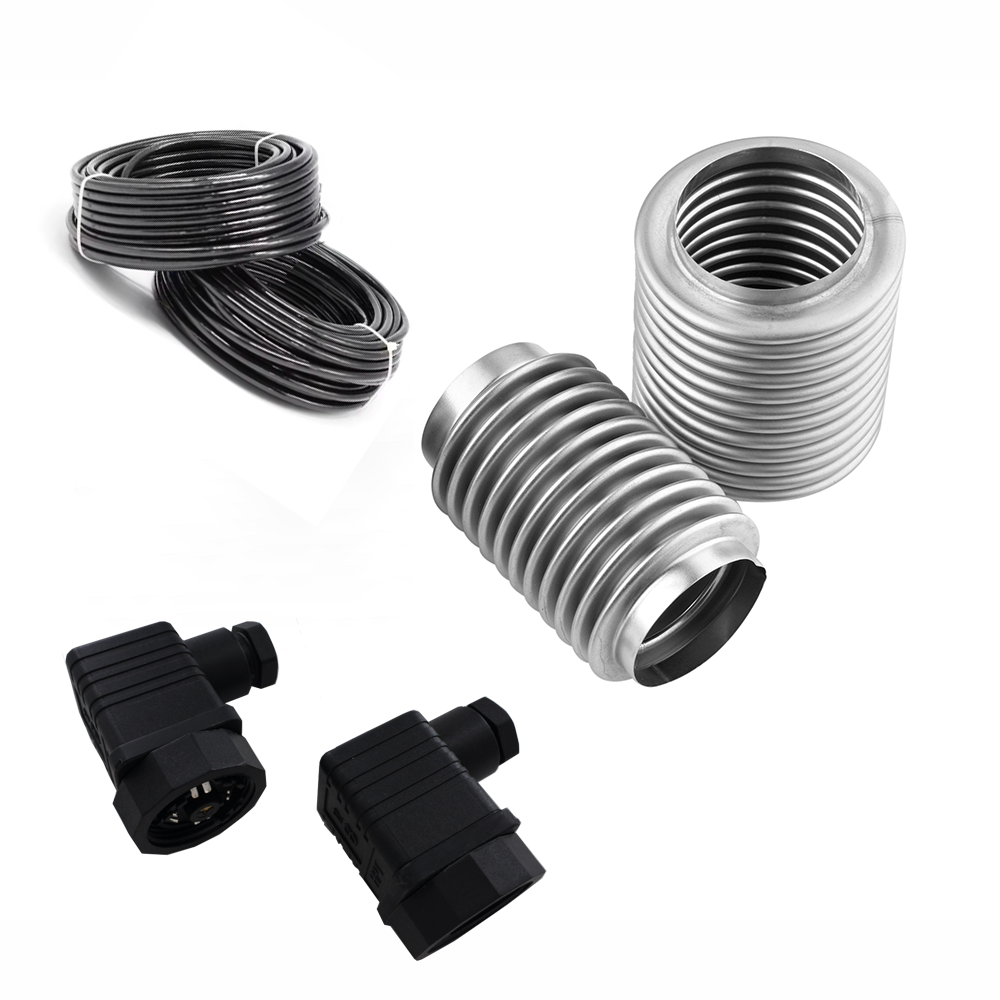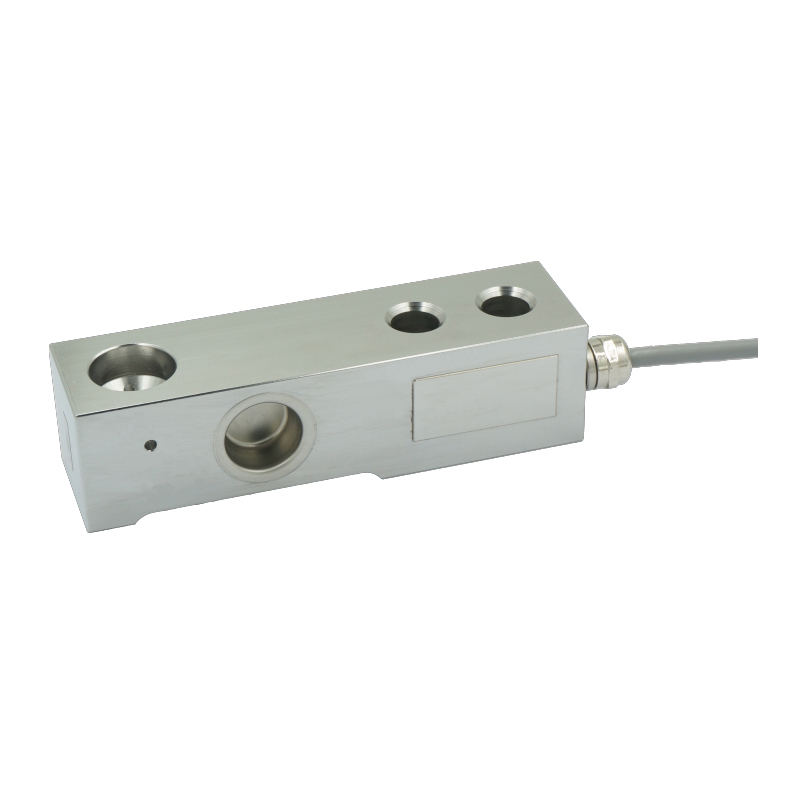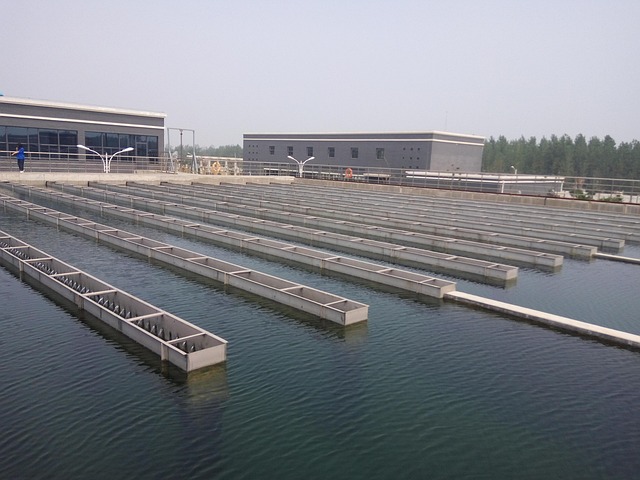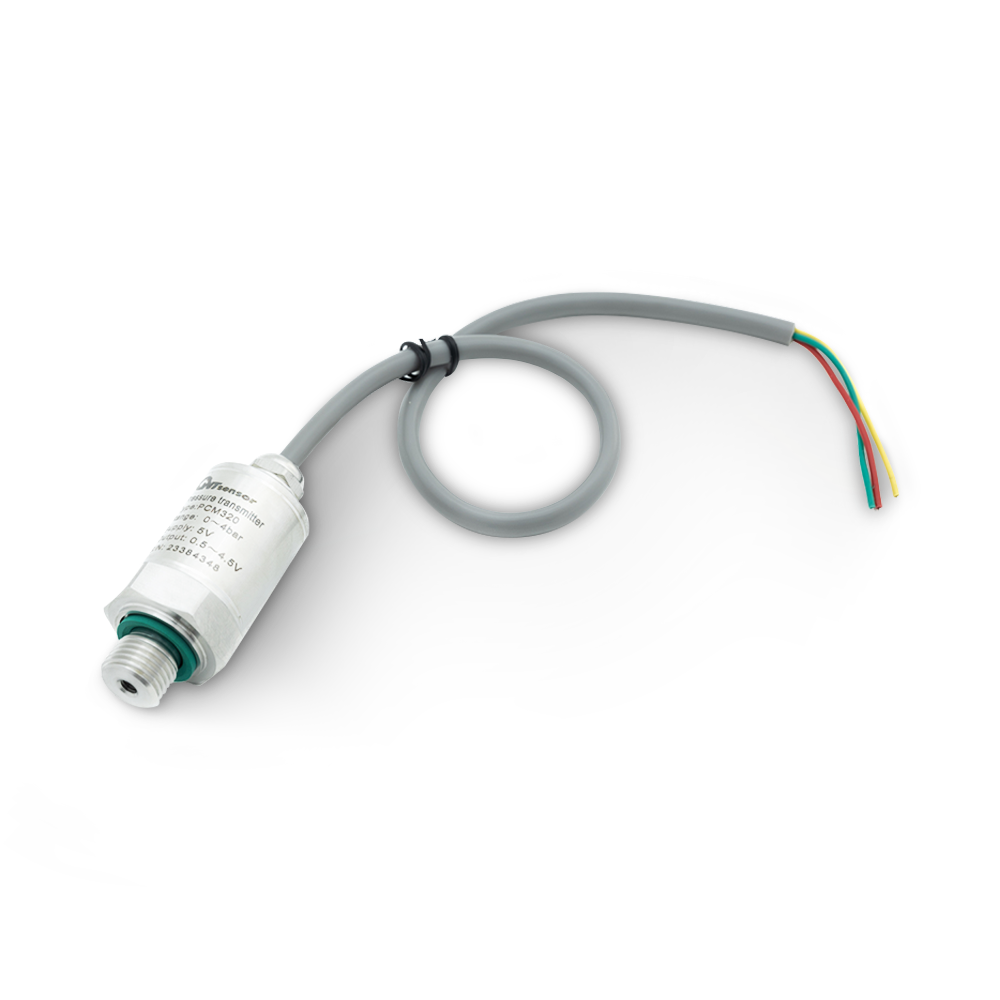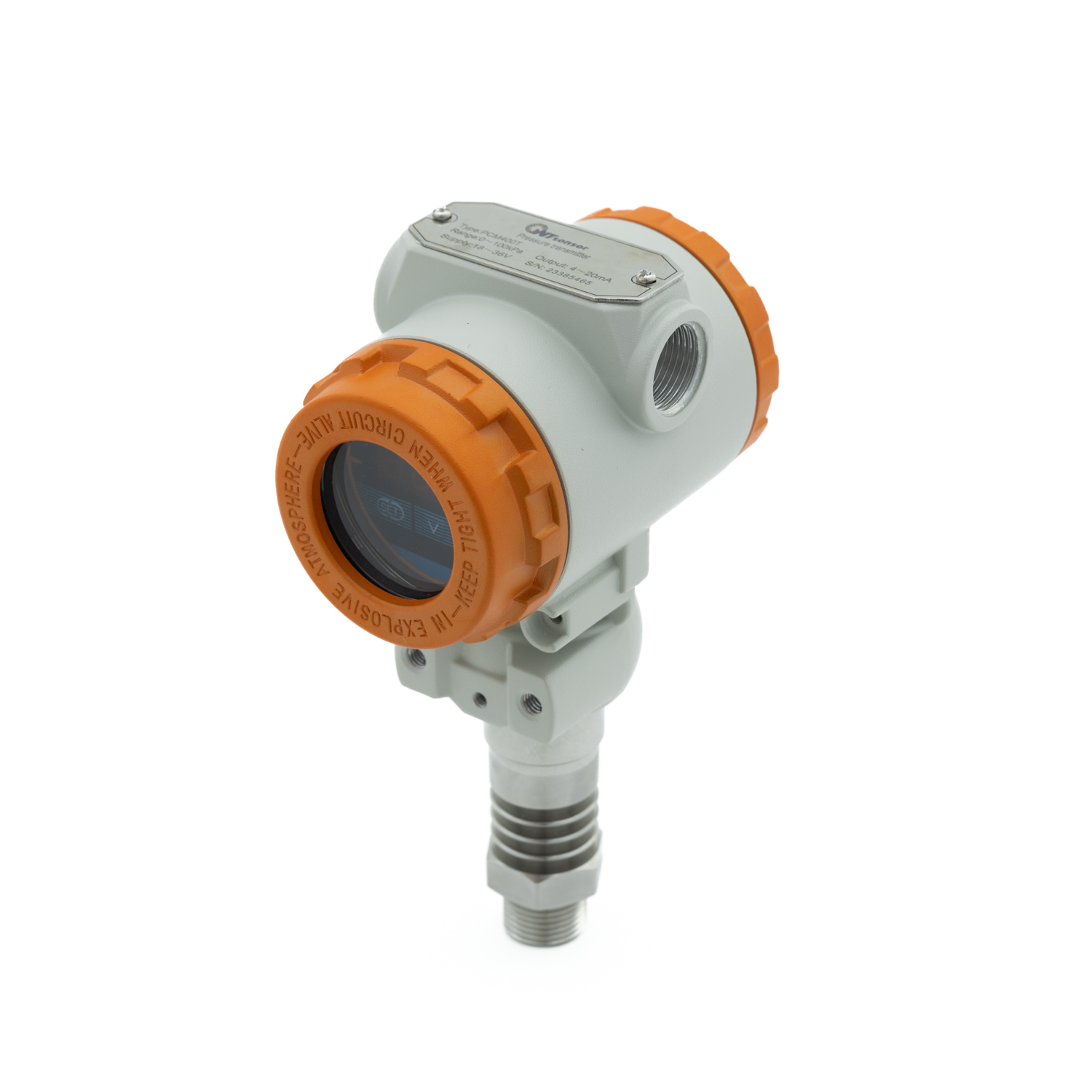Pressure Monitoring for Water Treatment: PCM320 & PCM400 Transmitters | WTsensor
From: Issued date 2025.06.12 Back
Pressure monitoring is a critical component in modern water treatment and supply systems. Whether it’s managing filtration pressure, regulating pump operations, or ensuring the safe transport of treated water through distribution networks, pressure transmitters play an indispensable role in maintaining system stability, efficiency, and safety.
Among the variety of industrial-grade transmitters available today, WTsensor’s PCM320 and PCM400 pressure transmitters stand out for their precision, durability, and adaptability. Designed with advanced sensing technologies and rugged construction, both models offer reliable solutions tailored to the demands of the water treatment and supply industry.
The Role of Pressure Transmitters in Water Treatment & Supply
In water treatment and supply systems, pressure transmitters are deployed at multiple stages to maintain operational integrity. Common functions include:
Monitoring inlet/outlet pressures in filtration and sedimentation systems
Regulating pump performance to prevent overloads or cavitation
Maintaining pressure thresholds in chemical dosing systems
Ensuring pressure balance across membrane filtration units
Detecting leaks or blockages in long-distance supply pipelines
By delivering real-time pressure data to centralized control systems, pressure transmitters help operators make informed decisions, automate processes, reduce energy consumption, and minimize downtime.
PCM320: Compact, Digital, and Highly Adaptable
The PCM320 pressure transmitter is a digitally processed, compact solution designed for applications where space constraints and installation flexibility are important. Its stainless steel integrated body and miniature design make it ideal for use in tight and harsh environments, including compact filter housings, small pumping stations, and modular treatment skids.
This model uses a piezoresistive sensing element with a digital signal conditioning circuit that translates raw millivolt signals into accurate analog outputs (voltage or current). This results in enhanced linearity, reduced drift, and strong resistance to electromagnetic interference.
Key Features
Compact and lightweight design – ideal for space-constrained systems
Digital signal processing – provides high accuracy and reduced noise
Flexible output formats – supports a range of industry standards
Excellent environmental endurance – IP65 protection, wide temp range
Multiple pressure references – gauge, absolute, or sealed gauge
Strong mechanical resilience – vibration and shock resistance
Mass production ready – suitable for large-scale municipal or OEM applications
Technical Capabilities
With a pressure range from -100 kPa to 60 MPa, the PCM320 is suitable for measuring everything from vacuum pressure in aeration tanks to high-pressure scenarios in chemical dosing systems. Its quick response time (≤90ms), excellent repeatability (0.1%FS), and strong temperature resistance (up to 105°C media temperature) make it a robust choice for water systems of all scales.
PCM400: Rugged, Accurate, and Field-Ready
The PCM400 pressure transmitter is engineered for heavy-duty applications and field installations. It incorporates a high-performance piezoresistive silicon sensor, coupled with a dedicated signal conditioning module. Its core strength lies in delivering consistent accuracy in demanding environments, such as open fields, high-humidity areas, or exposure-prone infrastructure like water towers and treatment plant outbuildings.
Unlike many standard transmitters, the PCM400 offers an optional on-site digital display, enabling local technicians to view real-time pressure data without relying solely on remote systems. This is especially beneficial during commissioning, maintenance, or emergency response.
Key Features
Wide pressure range – from -100kPa up to 100MPa, suitable for low- and high-pressure operations
Built-in field display (optional) – real-time pressure monitoring on-site
Excellent long-term stability – drift less than 0.2%FS per year
Field-hardened enclosure – resistant to EMC surges and electrostatic discharge
Explosion-proof design – compliant with ExiaⅡCT6 safety standards
Flexible installation – adaptable to user-specific or third-party interfaces
Technical Capabilities
The PCM400’s comprehensive accuracy of ±0.5%FS, high overload tolerance (up to 300%FS), and fast response time (≤100ms) ensure reliable performance under fluctuating operating conditions. Its material selection—low copper aluminum alloy for the shell and 316L stainless steel for wetted parts—ensures long-term corrosion resistance, essential in contact with chlorinated or chemically treated water.
Real-World Applications in Water Treatment & Supply
1. Filtration System Optimization
In water treatment plants, maintaining stable inlet and outlet pressures across sand, membrane, or activated carbon filters is vital. Fluctuations in pressure can indicate clogging, wear, or inefficient backwash cycles.
PCM320 is ideal for filter skid systems, where its compact form factor allows direct integration into manifolds and headers.
PCM400 can be used in main supply lines, where on-site digital display aids local monitoring of differential pressure before and after filtration.
2. Pump Station Control
Pumps are the heart of both water treatment and distribution systems. Monitoring suction and discharge pressures ensures optimal pump operation and prevents failures due to dry running or cavitation.
PCM320 provides real-time input for VFDs (Variable Frequency Drives), enabling dynamic adjustment of motor speed based on pipeline demand.
PCM400 is best for outdoor pump stations or remote booster stations, where its robust housing protects against weather and electrical interference.
3. Chemical Dosing and Mixing
Pressure sensors are used in chemical dosing systems to monitor the injection pressure of disinfectants like chlorine or coagulants like alum.
The high stability and fast response of PCM320 ensure accurate control of small dosage flows.
In larger industrial treatment systems, PCM400’s high-pressure capacity ensures that even concentrated chemical mixtures are precisely monitored.
4. Water Distribution and Supply Network
Urban and industrial water networks require constant pressure monitoring to ensure consistent flow, detect leaks, and avoid bursts.
PCM400 is frequently installed in main pipelines or junction nodes, thanks to its wide pressure range and durable enclosure.
Integrated displays reduce downtime during inspections by offering quick visual feedback.
Why Choose PCM320 and PCM400 for Water Systems?
Proven Industrial Reliability
Both PCM320 and PCM400 have passed rigorous testing including vibration, shock, EMC, and temperature cycling. This makes them exceptionally well-suited for harsh industrial environments, including those typical in water infrastructure.
Broad Compatibility
Thanks to customizable process and electrical connections, both models can be easily retrofitted into existing systems or integrated into new projects without major redesigns.
Safety and Compliance
With intrinsically safe explosion-proof ratings (ExiaⅡCT6) and materials compatible with corrosive water treatment media, these transmitters meet the strict safety and reliability standards of modern water infrastructure.
As water treatment and supply systems grow more automated and interconnected, the importance of accurate, reliable, and flexible pressure measurement has never been greater.
WTsensor’s PCM320 and PCM400 pressure transmitters offer tailored solutions for a broad spectrum of use cases—from compact filtration skids to large-scale pipeline monitoring. Their high precision, durable design, and versatile integration capabilities make them ideal choices for engineers and operators seeking dependable performance and long-term value in water-related applications.
This article Tags: pressure sensor pressure transmitter
Back to List
